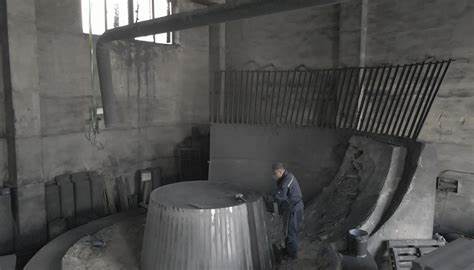Selecting the appropriate magnesite carbon brick binder is critical to ensuring masonry quality and performance. Binders are often used to cure and connect マグネシアカーボンレンガ to ensure a strong bond between the bricks and provide the necessary strength and stability.
What binders can you choose for magnesia carbon refractory bricks?
Substances used as binders for magnesia-carbon bricks can be summarized as coal-based tar, asphalt, and petroleum-based asphalt. Traditional asphalt-bonded magnesia-carbon bricks are cheap, reliable, and have a high carbon residue rate.
Petroleum asphalt has a strong affinity for magnesium oxide, but due to the elastic aftereffect of graphite after molding and heat treatment, the volume of magnesia carbon bricks expands and the brick body is not dense.
Later, thermosetting phenolic resin began to be used to obtain good body strength, and the oxidation resistance and thermal shock properties were improved.

What key factors should be considered when selecting a magnesite carbon brick binder?
Fire resistance: The binder needs to have good fire resistance to adapt to the use of magnesia carbon bricks in high-temperature environments. The better the fire resistance, the higher the stability of the bond under high-temperature conditions.
Corrosion resistance: If magnesia carbon bricks will be used in an environment with corrosive gases or chemicals, choosing a binder with good corrosion resistance is key. This ensures that the bond will not fail in corrosive environments.
Bond strength: The bond strength of the binder is a key factor affecting the overall strength of masonry. Choose a bonding agent that provides enough strength to ensure a strong bond between the bricks.
Hardening time: Different types of bonding agents vary in hardening time. When choosing, consider the timing of construction and hardening time requirements.
Cost: The cost of the binder is also an important consideration. Based on the project budget and performance needs, select a binder that is affordable and meets the requirements.
Method of application: The method of application of the bonding agent should also be considered, some may require mixing, and spraying, while others may require dipping or coating.

 栄生グループ
栄生グループ

微信
wechatでQRコードをスキャン